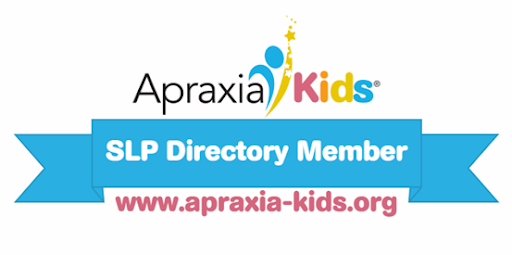Imitation is when someone mimics or copies actions, sounds, facial expressions or words.
Before they start to really speak, babies will copy what they see and hear. Imitation is a
stepping stone that leads to first words. When used appropriately, imitation will help children
associate specific actions or tasks with words.
To help your child learn imitation skills, try the following:
-get face to face with your baby so you can direct their attention to your mouth/face
-you can put an interesting toy by your face to help keep their attention
-when you have your baby’s attention, make gestures or sounds and wait to see if they copy
-be playful and animated, so your baby really pays attention to you
-if your baby makes a sound, copy it exactly as they said it
There are 4 main types of imitation which often develop in a sequential order:
-Gesture Imitation: this is when a child copies a gesture, such as clapping hands or raising their
arms up. Around 7-8 months of age your child might begin to imitate these types of hand
gestures. Between 9-12 months, they can cover their face during peek-a-boo, point at objects
and wave “hi” or “bye”. Teaching your child some simple signs is another great way to use
imitation–and can help them communicate before they can talk! You can teach signs for
functional words such as: more, eat, milk, all done. Learn some early signs that you can teach
your baby here.
-Play Action Imitation: Encourage your child to imitate what you do with their toys. This could
include banging on a drum, pushing a toy car, building a block tower and knocking it down or
rolling a ball. You can also sing songs to your child that include hand motions, such as Itsy
Bitsy Spider, or Wheels on the Bus.
-Verbal Imitation: When beginning verbal imitation, it’s good to start with nonspeech sounds.
You might start with vocal movements, like panting like a dog or “fake” coughing, and move to
animal (baa-baa, moo), vehicle (beep-beep, vroom) or environmental sounds. Make it as fun as
possible by using toys or activities that are associated with these sounds, such as toy animals,
phones or cars. Soon, you can add in early speech sounds (like, m, p, b) to promote speech
imitation. Around 6 months of age your baby should be babbling and within a few months be
able to imitate some of your sounds.
-Word Imitation: All the previous steps in learning imitation-gestures, play actions, nonspeech
sounds and speech sounds lay the groundwork for word imitation. Word imitation is more likely
to occur closer to your child’s first birthday. Start with exclamatory words like “uh-oh” and
“whee”, or simple words: “hi” or “bye”, “mama” or “dada”, “ball” or “bubbles”.
It may take some time for your child to begin imitating words. Also remember that each stage is
a stepping stone to the next, and your child may need to master one skill before moving on to
the next. If your child is not talking yet, a great way to build the foundation for future speech
communication is by working on imitation.
Get a Free Online Assessment
Looking for an expert opinion on your child's needs? Fill out a 3 minute questionnaire and receive a personal evaluation from our staff
By submitting this form, you are consenting to receive marketing emails from: . You can revoke your consent to receive emails at any time by using the SafeUnsubscribe® link, found at the bottom of every email. Emails are serviced by Constant Contact




